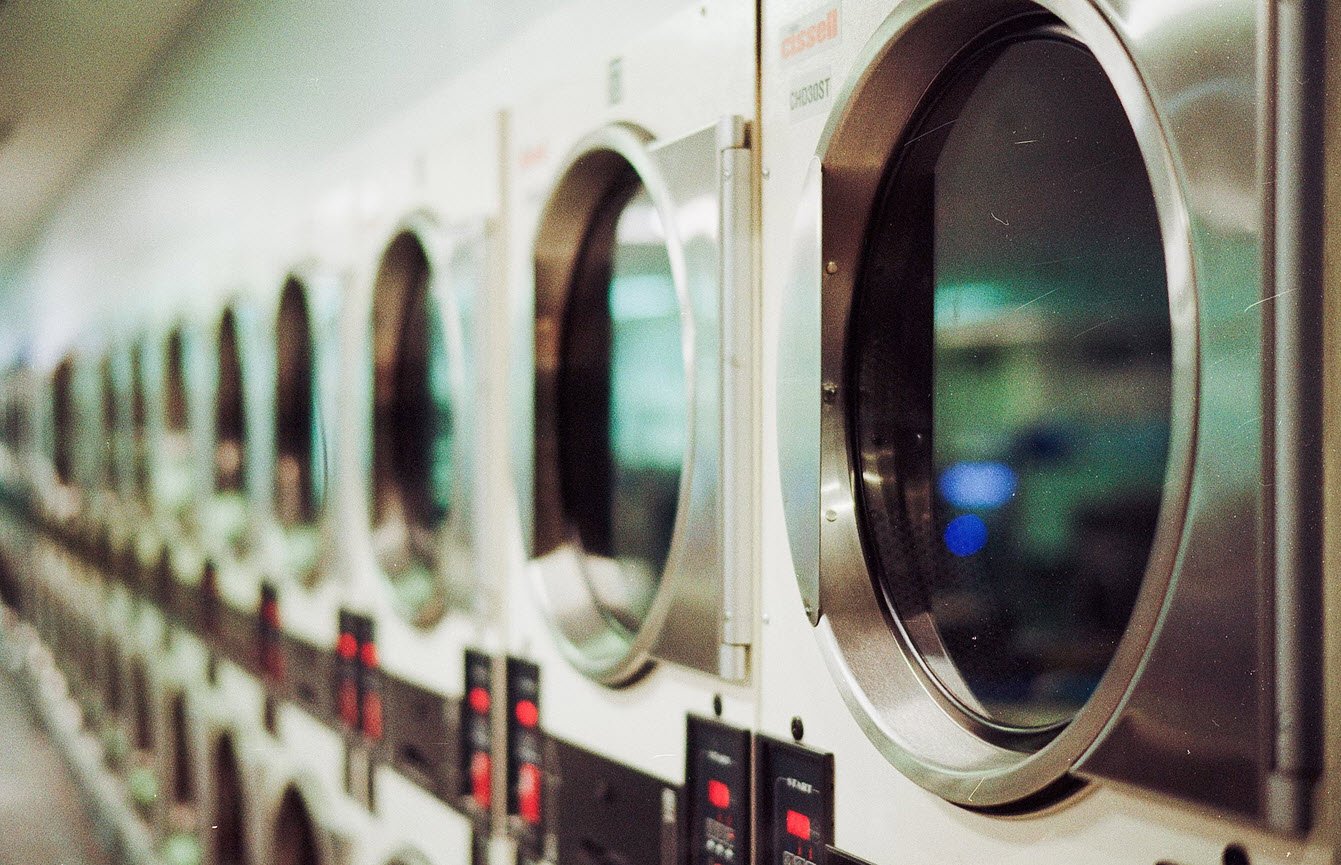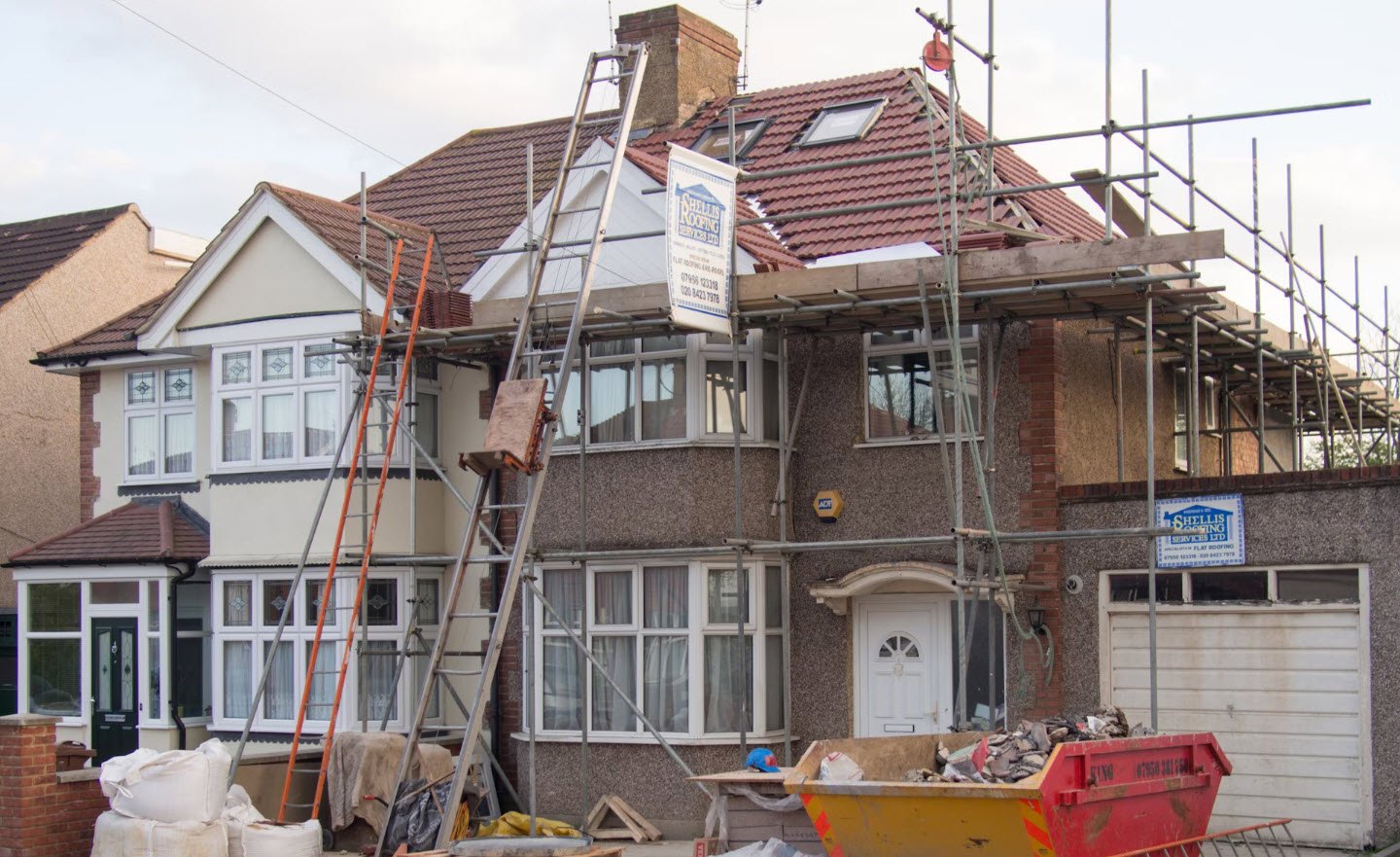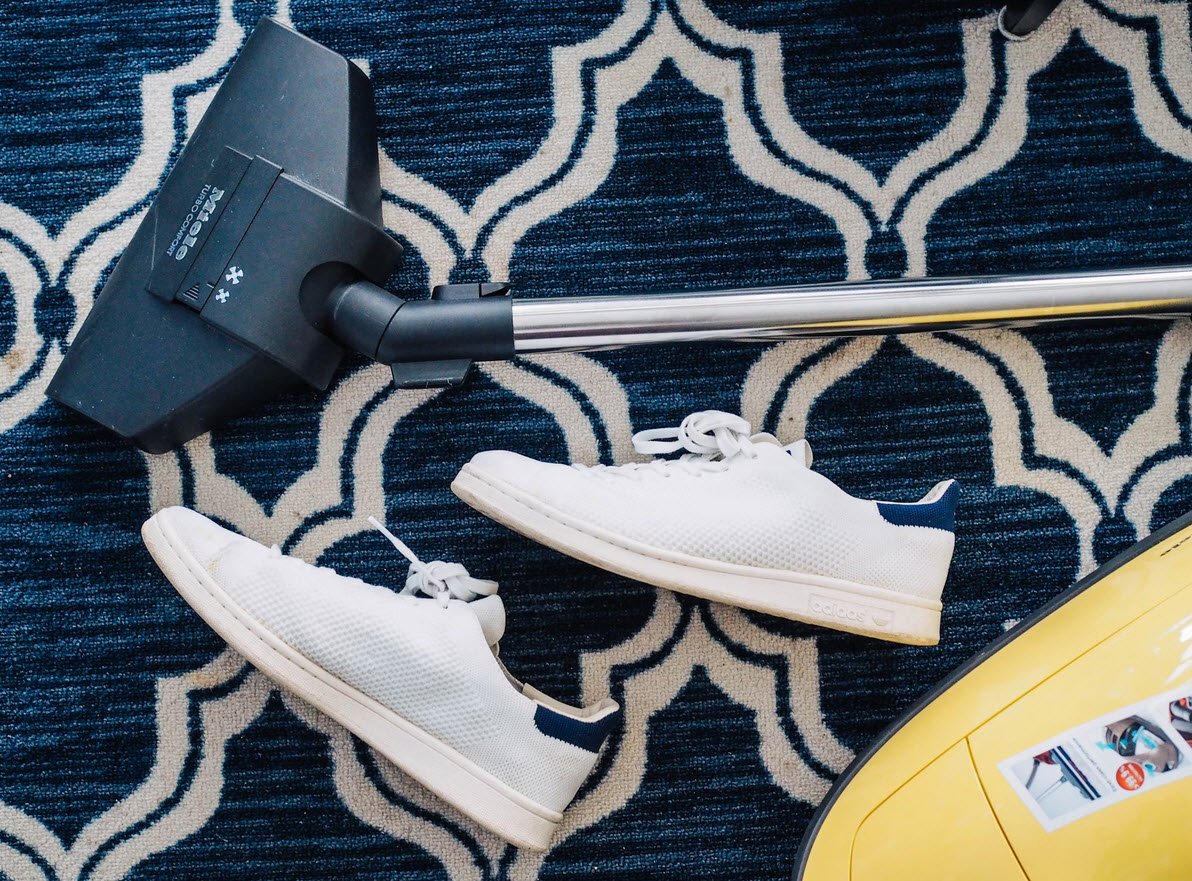
As winter approaches, preparing your home for the colder months becomes a priority to ensure both comfort and efficiency. Winterization involves a series of proactive measures to safeguard your home against the harsh weather conditions that can bring challenges like freezing temperatures, snow, and ice.
In this article, we’ll explore eight essential winterization tips to help you protect your home and create a warm, safe haven during the winter months.
- Clean Gutters
- Trim Nearby Trees
- Chimney Cleaning
- Air Duct Maintenance & Cleaning
- Run Fans in Reverse
- Seal Leaks
- Insulate & Repair Frozen Pipes
- Check Alarms
1. Clean Gutters
Start your winterization efforts by cleaning out your gutters. Remove leaves, debris, and any accumulated dirt to ensure proper water drainage. Clogged gutters can lead to ice dams, which may cause water to seep into your home. Regular gutter maintenance is a simple yet effective way to prevent potential winter-related issues.
2. Trim Nearby Trees
Inspect the trees around your property and trim any branches that could pose a threat during winter storms. Heavy snow or ice can weigh down branches, leading to breakage and potential damage to your home. Trimming back branches helps mitigate this risk and enhances the overall safety of your property.
3. Chimney Cleaning
If you have a fireplace, schedule a professional chimney cleaning before the winter season. A clean chimney ensures proper ventilation and reduces the risk of chimney fires. Additionally, a well-maintained chimney improves the efficiency of your heating system, providing a cozy and safe environment during colder weather.
4. Air Duct Maintenance & Cleaning
Regular maintenance and cleaning of your home’s air ducts are crucial for efficient heating during winter. Dirty or clogged ducts can restrict airflow, reducing the effectiveness of your heating system and increasing energy consumption. Schedule a professional inspection and cleaning to optimize your HVAC system’s performance.
5. Run Fans in Reverse
Most ceiling fans have a switch that allows them to run in reverse. Running your fans in reverse during the winter helps distribute warm air more evenly throughout the room. This simple adjustment can enhance the effectiveness of your heating system and contribute to a more comfortable living space.
6. Seal Leaks
Inspect doors and windows for drafts, and seal any gaps or leaks. Weatherstripping and caulking are cost-effective solutions to prevent cold air from entering your home and warm air from escaping. Proper insulation helps maintain a consistent and comfortable temperature indoors while reducing heating costs.
7. Insulate & Repair Frozen Pipes
Frozen pipes are a common winter woe that can lead to costly damages. Insulate exposed pipes in unheated areas of your home, such as the basement or attic, to prevent freezing. In the event of extremely cold temperatures, let faucets drip to keep water flowing. If a pipe does freeze, use a heating pad or towels soaked in hot water to thaw it gently.
8. Check Alarms
Ensure that your smoke detectors and carbon monoxide alarms are in working order. Winter heating systems and increased fireplace use can heighten the risk of fire hazards and carbon monoxide leaks. Regularly check and replace batteries in these devices to guarantee they provide the necessary protection for your household.
Conclusion
Winterizing your home is a proactive approach to ensure a cozy and safe living environment during the colder months. By implementing these essential tips, you not only protect your home from potential winter-related damages but also enhance the efficiency of your heating systems.
Prepare your home for winter with these steps, and enjoy a warm and worry-free season ahead.
You may also like:- Don’t Buy A House In These 5 US Cities
- A Guide to Prepare for Your First Home Purchase
- A Comprehensive Guide to Saving on Major Appliances
- How to Save on Home Improvement – Cost-Effective Tips for Enhancing Your Space
- Practical Tips and Strategies for Saving Money on Furniture Purchases
- 51 House Cleaning Shortcuts to Save Time and Effort
- 5 Signs of a Good Air Duct Cleaning
- Tenant’s Guide – 5 Things to Remember When You Move In
- 7 Simple Reasons Why You Need a Network Security Camera for Your Home
- Fire Safety Checklist for Home – A Comprehensive Guide








